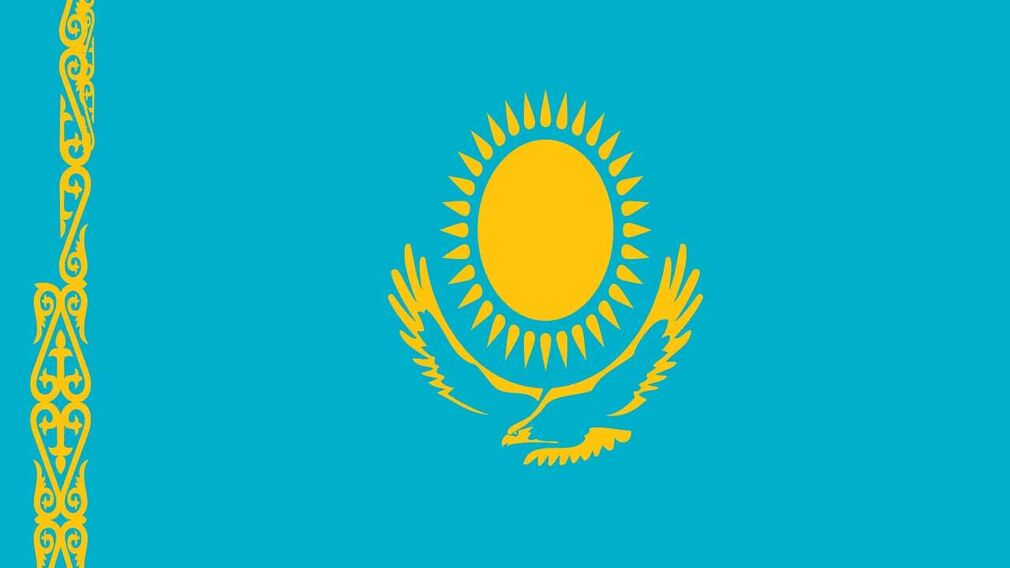
Oilseed production in Kazakhstan is expected to increase due to the use of modern production methods, favourable domestic prices and strong export demand from China, according to a report by the United States Department of Agriculture (USDA).
The USDA’s Foreign Agricultural Service (FAS) report Republic of Kazakhstan: Oilseed Industry Anticipates Increases to Planting Acreage and Exports to China, quoted industry sources at a national oilseeds conference as saying that oilseed production in Kazakhstan increased from 2.5M ha in 2020 to 3.4M ha in 2022 and was expected to reach 5M ha by 2027.
However, the sources noted that production increases could be held back by inconsistent government policies and challenging transportation logistics and forecasts could be distorted by inaccurate market statistics, the 24 May report said.
“US exporters may capitalise on increasing oilseed production by providing planting seeds to producers, and soyabeans to under-utilised oilseed processors,” the USDA said.
The report said a number of speakers at the Kazakh National Oilseed Processors Association’s (NOPA) Fats and Oils conference on 12 May in Almaty had noted that since 2020, both oilseed planted area and production in the country had increased due to a number of factors.
“Producers have invested in using a greater share of improved seeds, machinery, and other production technologies. Steady domestic demand for animal feed and edible oil has led to favourable prices for producers,” the USDA said.
Producers had also enjoyed favourable export opportunities to China, in addition to other Central Asian countries, the EU and Iran, according to the FAS’ Global Agricultural Information Network (GAIN) report.
Several speakers said they expected oilseed planted area in the country to continue increasing, potentially reaching 5M ha by 2027, yielding 5M tonnes.
Oilseeds and oilseed processed products were now the fourth largest agricultural sector in Kazakhstan after grain – mainly wheat and barley – dairy, and meat and poultry production, the report said.
“Speakers from the country’s Ministries of Agriculture and Trade and Integration encouraged those in attendance to further expand oilseed production to reduce the country’s perceived reliance on wheat and barley trade,” the USDA said.
“They suggested that, unlike wheat and barley, oilseeds had greater export opportunities outside of Central Asia.”
According to some speakers, the government was considering increasing subsidies for oilseed producers relative to wheat and barley producers, although no specific details were given.
Kazakhstan used 40% of its oilseed crushing capacity, while Russia used 80%, the report said.
There are 70 oilseed crushing facilities in the country with capacity to process 3M tonnes/year of oilseeds, with the largest oil crushing facilities in the Abai, Almaty and East Kazakhstan regions.
In order of volume, Kazakhstan processed sunflowerseed, rapeseed, flax and small amounts of soyabean.
China was seen as the most promising export market, the report said.
According to Trade Data Monitor (TDM), Kazakh exports of edible oils to China from 2018-2022 increased more than 300% by value, from US$58M to US$170M.
In 2022, 63% – or US$108M – of edible oil exports to China comprised sunflower oil, followed by rapeseed at US$45M and linseed at US$17M.
In the same period, oilseed exports by volume to China increased by almost 300%, from 147,000 tonnes to 413,000 tonnes.
In 2022, these exports comprised approximately 45% each of sunflowerseed and flax, with safflower making up the remaining 10%.
Almost all speakers at the conference in Almaty commenting on trade at the event mentioned China as the top growth export market for Kazakh edible oils and oilseeds, the report said.
According to TDM, China edged out the EU to become the top destination for Kazakh oilseeds by volume in 2022.
In a move to facilitate grain exports to China, the government had announced the construction of a third port/rail terminal at Bakhty-Tacheng to complement terminals at Dostyk-Alashankou and Altynkol, the report said.
In his keynote presentation, the chairman of the board of NOPA Yadykar Ibragimov said the Kazakh oilseeds industry faced three main challenges: lack of reliable agricultural statistics; inconsistent government policies; and difficult logistics.
In addition, Chinese customs officials had closely scrutinised Kazakh oilseed and related products for phytosanitary issues, causing shipment rejections and delays.
NOPA is one of the two main oilseed trade associations in Kazakhstan. NOPA generally caters toward oilseed producers and processors, while the Fats and Oils Union of Kazakhstan tends to represent edible oil and food processors, according to the report.


